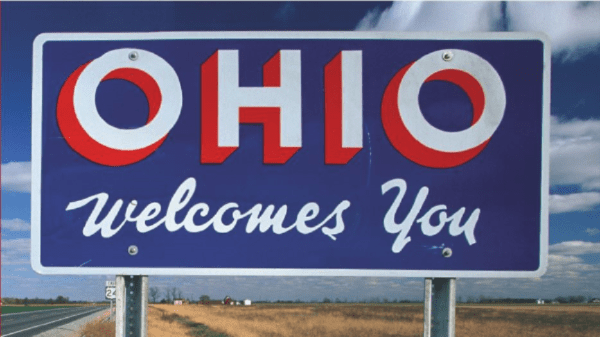Welcome to Blue Book!
Are you ready to join the thousands of companies who rely on Blue Book to drive smarter decisions? View our plans and get started today!
Still have questions? We’d love to show you what Blue Book can do for you. Drop us a line– we’ve been waiting for you.
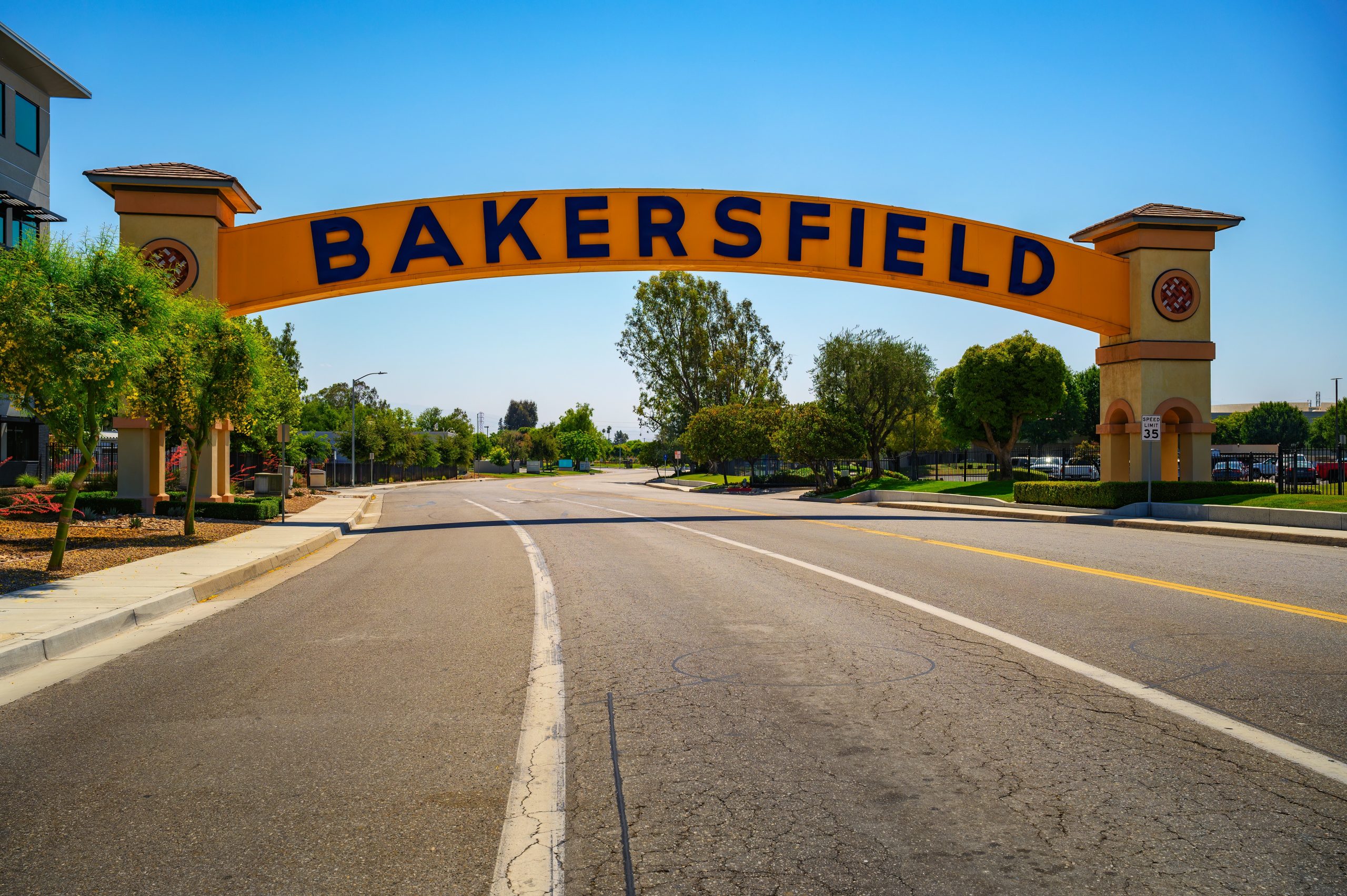
In this article
The wildfires that swept through Los Angeles for most of January 2025 may have dominated the headlines about California—and with good reason—but for growers in and around Bakersfield, which lies to the north of the metropolis, other questions are more top of mind.
Following are brief snapshots from a handful of Bakersfield businesses, discussing the highs and lows of last season along with predictions for this year’s crops and yields.
Anthony Vineyards, Inc.
“Labor goes up every year in California,” says John Harley, vice president of sales and marketing at Bakersfield-headquartered Anthony Vineyards, Inc. BB #:111344, an organic and conventional table grape producer which also has operations in Coachella and Thermal, CA.
“We had another increase of 50 cents an hour this past year. Our minimum wage is tied to the inflation rate, so it doesn’t stop,” he points out. “Costs are an issue; water is becoming more of an issue.”
Harley mentions new legislative measures on the way, adding to the burden. “You question what they’re thinking, if they even want agriculture to be here.”
The answer, Harley believes, is to become as lean as possible to safeguard profits, and thankfully other aspects of production are looking more positive.
And as spring rolls on, Harley has solid expectations for Anthony Vineyards and 2025, building on the successes of 2024.
“We had a good season last year,” he shares. “There were some issues with heat spikes in the middle of the season, but for the most part it was a great domestic season from California.”
“We had a good season last year. There were some issues with heat spikes in the middle of the season, but for the most part it was a great domestic season from California.”
Country Sweet Produce, Inc.
Susan Noritake from fellow Bakersfield-based Country Sweet Produce, Inc. BB #:207680, owners of the Bako Sweet brand of sweet potatoes, says her company has experienced tremendous growth over the past 12 months, thanks to the popularity of its convenience packs.
Although the Country Sweet has produced other crops in previous years, Noritake, who is director of sales, says the company now focuses mainly on organic sweet potatoes, as well as red, white, and purple varieties.
However, Country Sweet has experienced its share of ups and downs. The 2024 crop was short due to weather events in all major growing areas, and rising costs are also proving problematic.
“Although costs continue to rise across all inputs, the biggest challenges include labor and energy prices,” notes Noritake. “The minimum wage in California has had significant increases.
“Pushing up the bottom wage also pushes up de facto minimum wage. Additionally, Pacific Gas & Electric Company, which supplies natural gas and electric in Southern California, has posted five rate increases in the past year,” she says, primarily due to lawsuits from wildfires.
Despite the negatives, Noritake says the 2025-26 crop looks good so far, with the first volumes likely to be available by late July and harvesting expected to be finished by Thanksgiving.

Dan Andrews Farms, LLC
For Bakersfield-based Dan Andrews Farms, LLC BB #:205300, business has been good over the last year or so, thanks to higher-than-normal prices caused by lower yields from competing areas.
Following the positives of 2024, owner Danny Andrews, a third-generation farmer, says there may be an increase in planted acres across the region with prices likely to fluctuate (higher or lower) in keeping with the resulting yields.
For its own part, Dan Andrews Farms harvests watermelon from mid-June to mid-July, followed by carrots in July (harvested and sold by Bolthouse Farms), and cabbage in October and November.
At the same time, Andrews says growers have to compete for labor with other, often better-paying industries such as restaurants, which lead to a tighter labor pool and higher costs across all regions.
Like others, he’s been contending with climbing water costs. Andrews says water in the Central San Joaquin Valley is extremely expensive compared to both the Salinas Valley and the Imperial Valley.
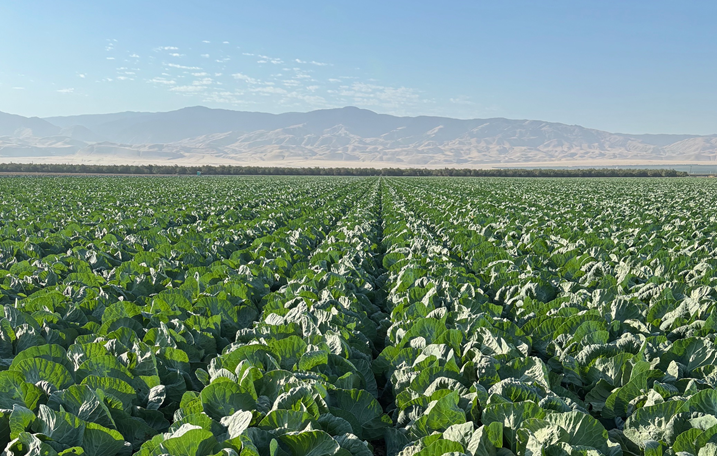
Altas Produce & Distribution, Inc.
Atlas Produce & Distribution, Inc. BB #:169658, another Bakersfield grower and shipper, focuses on table grapes, although in its case exclusively conventional, according to Robert Dobrzanski, company president.
Like others in the area, Atlas Produce enjoyed a positive 2024 and the past several months, thanks to favorable growing conditions for its grapes, which are sold under the Wild Flower label.
As a business exporting as much as 35 percent of its annual crop, Dobrzanski says the ongoing tariff-related uncertainty is really a case of “wait and see.”
“It’s out of our control,” he concedes. “We do have the Table Grape Commission lobbying against tariffs, but for the table grape deal, Canada is the number-one export market and Mexico is number two. So, if there are trade disputes, it could cause some problems.”
With tariffs—thus far—unlikely to be applied on U.S.-Mexico-Canada (USMCA) trade agreement-compliant crops, Dobrzanski says he feels like a bullet has been dodged.
“But in other export markets, like Japan and Taiwan, if there’s a 10-percent tariff I don’t know how they’re going to think about taking California product.”
Less easy to dodge are the continually rising costs. “They just keep going up,” Dobrzanski says.
One of the toughest to deal with is labor. “Table grapes are a very labor-intensive crop; we’ve been dealing with this for the last five years.”
Also up are prices for various inputs, including bags and clamshells. Dobranski says most of the bags and clamshells used by the table grape industry are sourced from China, which again, could be affected by tariffs.
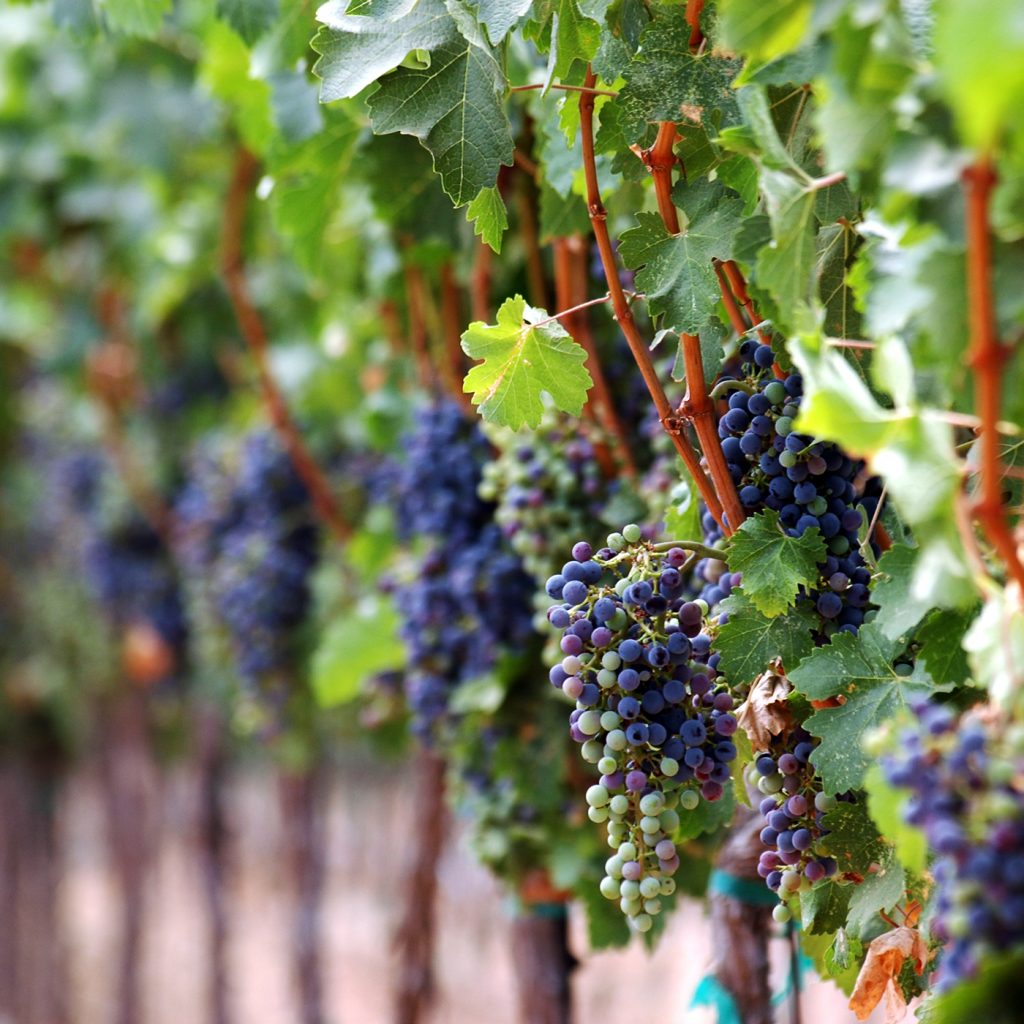
Production Trends
Varietal renewal is playing a major role for Bakersfield’s growers, one example being Anthony Vineyards.
Harley says the grower recently introduced newer red grapes to its portfolio, including Ruby Rush and Candy Snaps, which he lauds as “high-flavor” red varieties.
“Last year was our first production year for Ruby Rush out of the desert; this year we’ll have more acreage coming into production,” notes Harley.
“In Coachella, we’ll start with Flame Seedless and then transition into Magenta and Ruby Rush.
“On the green side,” he continues, “Perlette has been replaced with Honey Pop, Sweet Globe, and Autumn Crisp, while black varieties include Sweet Bond, Summer Royal, and Candy Dreams.”
While the region is known for many crops, Bakersfield is also becoming renowned for its expertise in organic production.
“Bakersfield is a great place for produce, including organic,” comments Noritake, praising area farming techniques, which include crop rotation for healthier soil and crops.
According to Harley, organics can account for as much as 60 percent of Anthony Vineyards’ production at certain times of the year, although generally speaking it is closer to about half.
“It’s an important piece to our program, especially out of Coachella,” he explains. “We’re the largest producer of organic California grapes during that timeframe.”
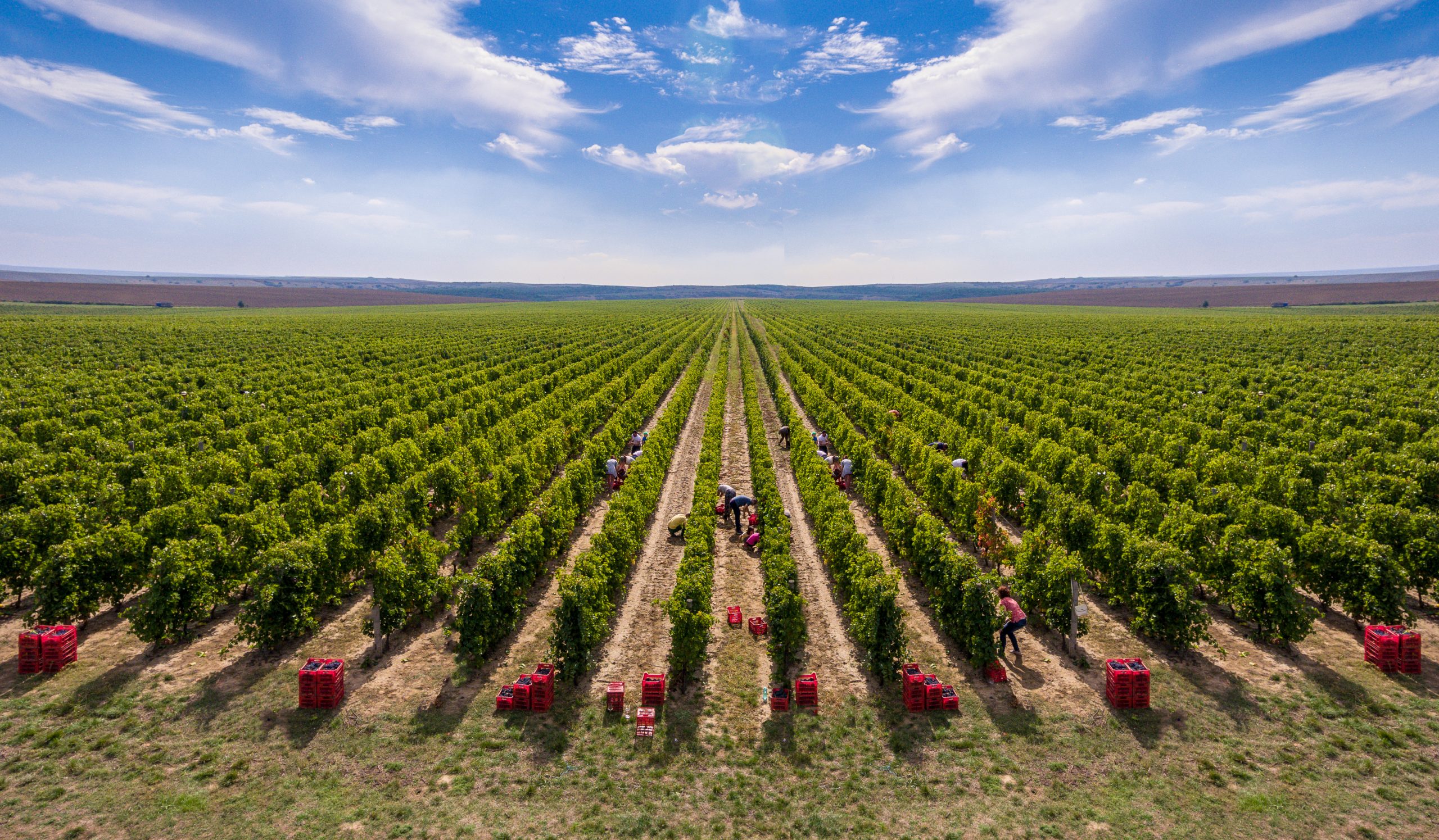
Noritake says organics held their own through the Covid years, with demand remaining stable even through double-digit inflation.
“Shoppers have been ever-mindful of how they spend their dollars but seem to prioritize nutrition and continue to buy some premium products,” she observes.
“We feel the outlook for the future is bright for organics with many younger shoppers including millennials and Gen Z prioritizing environmental concerns,” she adds, which in turn makes this subset of consumers “willing to pay more for what they believe to be more sustainable options.”
What’s Ahead
Looking ahead, our contributors are mostly optimistic about the coming months and their harvests, yields, and sales.
Harley expects volume at Anthony Vineyards to increase as younger acreage comes into production in keeping with its transition to newer varieties.
And although earlier production out of Coachella is likely to be lighter due to climatic factors, Harley believes overall the crop looks substantial and should be of good quality.






